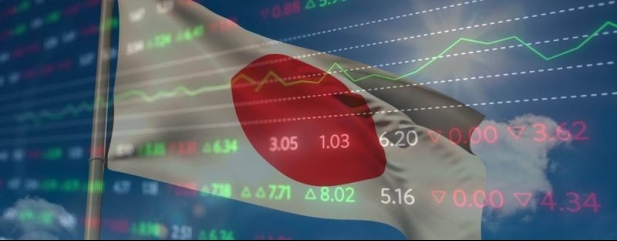Archived article
Please note that tax, investment, pension and ISA rules can change and the information and any views contained in this article may now be inaccurate.
What is a carry trade and why does it matter?

As is often the case in times of stock market volatility, parts of the financial eco-system which previously hadn’t received a great deal of attention are suddenly catapulted into the mainstream.
This time it’s the carry trade, specifically in yen, which is drawing the attention of investors. Effectively a carry trade means borrowing money in one place where interest rates are low and using it to invest in another place with the promise of high returns.
Japan, which has had low rates for years as the government tries to get its sluggish economy moving, has been the go-to place for people looking to execute such a trade, with traders borrowing yen at low rates, converting them into US dollars and putting that money to work in areas like the US stock market.
There are good reasons why retail investors are strongly advised not to use borrowed money to bet on stocks, and the risks associated with what is a leveraged trade writ large have become very apparent since the beginning of August.
The surprise decision by the Bank of Japan to hike rates for the second time since 2007 on 31 July set the cat among the pigeons.
It pushed the yen higher, which together with concerns about the US economy put downward pressure on the dollar as speculation swirled the Federal Reserve might be forced into making an emergency rate cut.
Add highly valued big tech stocks which were vulnerable to a correction to the mix and the scene was set for significant volatility.
Traders faced a scenario where not only did they face higher interest rates on the yen they had borrowed, they were also impacted by a shift in the exchange rate and losses on their stock bets.
When traders’ losses start to mount, lenders ask for more cash to cover them in what is known as a margin call. That can lead to traders either reducing their bets to raise cash to meet the margin call or selling out altogether.
When this sort of negative spiral takes hold it is often the most popular or ‘crowded’ trades which are affected. This explains why the technology sector has been one of the worst-affected areas in the recent turmoil.
Analysts at investment bank JP Morgan suggest we may be halfway through the unwinding of this trade, although suggestions from the Bank of Japan that it is finished with rate hikes for now have calmed the waters.
Even so, the sums involved are significant – economists at consultancy TS Lombard have put a $1.1 trillion number on the carry trade, run up over the last 18 months or so, which suggests investors may need to watch this issue for some time to come.
Important information:
These articles are provided by Shares magazine which is published by AJ Bell Media, a part of AJ Bell. Shares is not written by AJ Bell.
Shares is provided for your general information and use and is not a personal recommendation to invest. It is not intended to be relied upon by you in making or not making any investment decisions. The investments referred to in these articles will not be suitable for all investors. If in doubt please seek appropriate independent financial advice.
Investors acting on the information in these articles do so at their own risk and AJ Bell Media and its staff do not accept liability for losses suffered by investors as a result of their investment decisions.
Issue contents
Editor's View
Feature
Great Ideas
News
- Raspberry Pi dishes up new products just two months after its IPO
- Why engineering outfit Spirax Group is in a downward spiral
- Western businesses are finding life a grind in China
- Calm returns to markets ahead of Fed inflation test
- Beazley shares hit record high as profits almost double
- A dramatic shake-up of the US presidential race may take time to be felt in markets
 magazine
magazine








